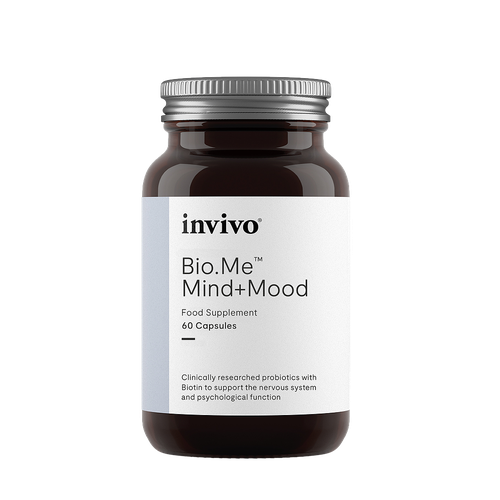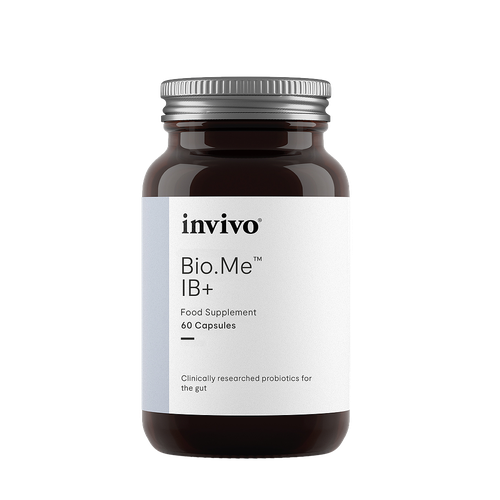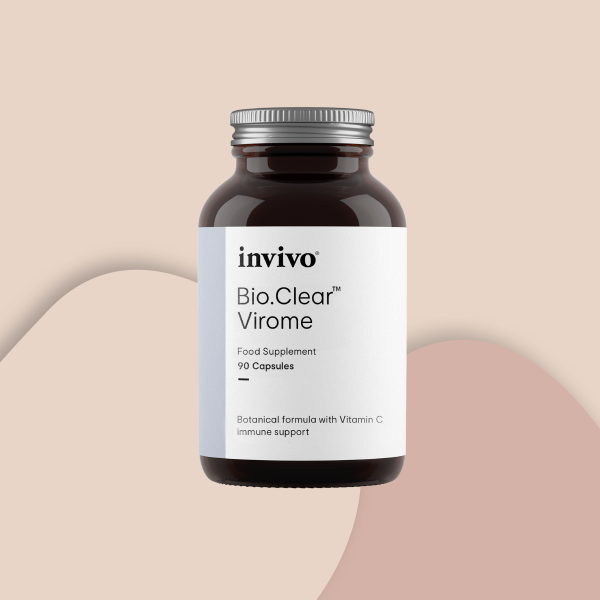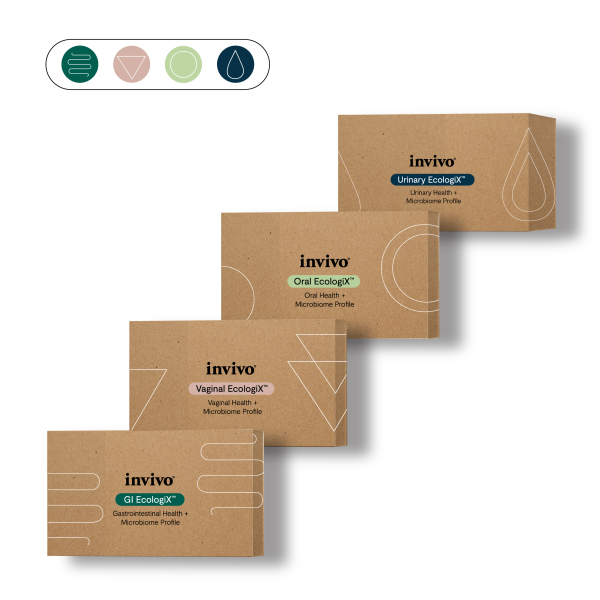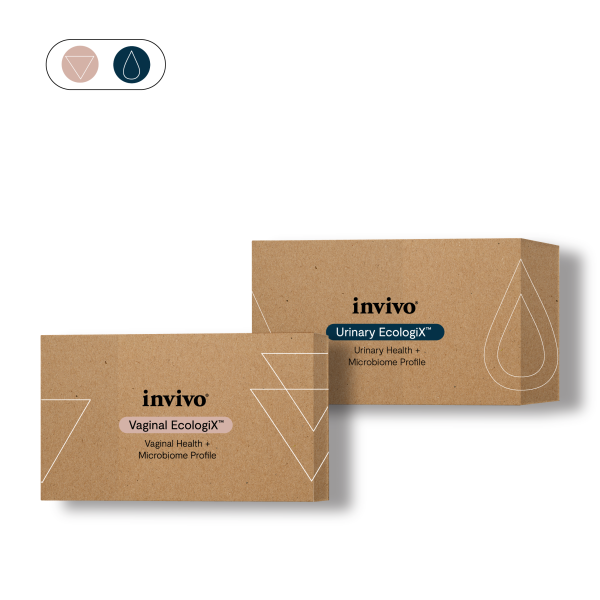Gi Map Roundtable

We think it is fair to say the GI-MAP has shaken up the diagnostic testing scene. The technology and methodology – while commonplace in microbiome research, and more recently in primary care for the identification of parasites and pathogens in the NHS – is revolutionising global healthcare diagnostics. We are proud to bring this test to the marketplace to enable clinicians the most specific and sensitive analysis available, for better patient outcomes.
However, naturally, with new technology, comes questions, queries, insecurities and we hear you! Many of you have been in touch with our technical support team, and we’re so pleased that we have shaken a few feathers and prompted a deeper critical assessment of what’s out there in terms of testing and technology… the scientific world never stands still, so neither should we!
Anyway, for that reason, we invited Dr David Brady, Michael Jurgelewicz and Tony Hoffman to get together for an honest, transparent, frank conversation about the GI-MAP and GI testing.

Time Stamps
0:02:50: How the GI Map is different from other stool tests
in identifying the presence of pathogens, and in particular pathogens that may
be difficult to identify in other stool tests.
0:08:20: Might molecular methodologies miss bacteria that
traditional culture methods might find?
0:11:00: Quantification, clinical relevance
0:12:00: Tony on molecular methodologies vs. culture, what
might be missed and limitations of both.
0:14:00: Limitations of plating on anaerobic bacteria
(predominate in the GI microbiota)
0:15:00 MALDI-TOF technology – what is it, how does it
differ, is it more sensitive?
0:16:44: What are the primary advantages of using PCR over
MALDI-TOF?
0:18:50: Luminex GPP PCR platform vs. other FDA platforms
0:22:00: How do you determine what is a normal population of
these opportunistic (e.g. Citrobacter, Klebsiella) bacteria?
0:24:30: After infection, how long would it take for that
raised positive to become negative again? Is the commonly believed 21 days
true?
0:32:10: Why doesn’t the GI Map measure short-chain fatty
acids and butyrate, and other markers, considering the role they have to play
in intestinal barrier health?
0:38:00: How can we see positive H. pylori on the GI-MAP with negative endoscopy and breath test and vice versa: negative H. pylori on GI-MAP but positive on breath test and endoscopy?
42:00: Would you always treat a positive H. pylori even if just one virulence factor came back positive?
0:46:30: Overview of the specific bacteria measured within the autoimmune list, which autoimmune diseases they’re associated with in the research and what future research is there suggesting any new autoimmune triggers.
0:53:50: if somebody has been eating a gluten free diet, for over two years, could there be a cross-reactivity with other things or other gluten free grains resulting in an elevation in anti-gliadin IgA marker?
0:57:40: Are there any markers in the GI-MAP that, if elevated, would be suggestive of SIBO or of running a SIBO breath test?
1:03:00 Do you see quite a lot of similar microbial patterns among patients?
1:07:00 Do you run the GI-MAP with every patient, considering evidence is emerging that the microbiome has a systemic impact on the host’s physiology?
1:11:40: Is there going to be a point in the future that sensitivities for herbal botanicals against pathogens and bacteria are included?
1:17:24: What does the future hold for the GI-MAP? GI-MAP 2.0, immunoassays, new markers or any new tests apart from the GI-MAP.
